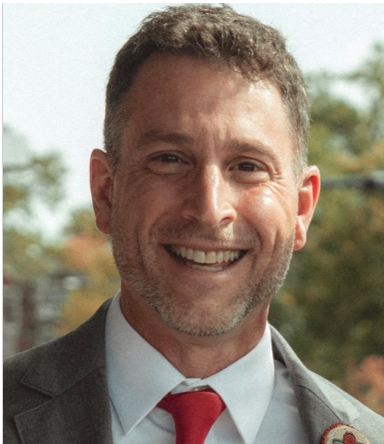“I’m From the Federal Government and I’m Here to Help:” An Examination of How Firekeeper’s Daughter Educates About Settler Colonialism
by Robert Petrone
Engaging IYAL [Indigenous Young Adult Literature] in teacher preparation courses can open spaces for examining of Indigenous identity, histories, cultures, and worldviews, and can be a means of resisting the normalcy of settler-colonial structures and logic (Horner, Muñoz, & Petrone, 2021; King, 2012). Using IYAL as part of an anti-oppressive curriculum could help move toward desire-centered work with Indigenous Peoples, to focus on “understanding complexity, contradiction, and the self-determination of lived lives” (Tuck, 2009, p. 416). (Muñoz, 2024, p. 111)
In his essay, “Indigenous Knowledge, Young Adult Literature, and Teacher Education: Literature as Stories for Education Practice,” Pascua Yaqui literacy teacher educator Joaquin Muñoz (2024) eloquently argues that Indigenous young adult literature (IYAL)—as a contemporary form of Indigenous storying—can be used as “a pedagogical framework” to “develop anti-oppressive educators who work to understand marginalized communities and enact transformative pedagogies” (p. 110). For Muñoz, IYAL texts, when chosen and taught carefully, provide future teachers: (a) holistic visions of Indigenous Peoples; (b) understandings of story/ing as valued epistemology—as “real and legitimate sources of data and ways of being” (Brayboy, 2005, p. 430); (c) diverse standpoints of Indigenous Peoples, which works against viewing Indigenous Peoples through the lens of pan-indigeneity; and (d) positive representations of Indigenous youth that counter dominant, deficit, and damaged-based framings of Native youth and communities (Petrone et al., 2014; Tuck, 2009). In the end, Muñoz argues that an IYAL-based curriculum “can enable future teachers to gain content knowledge crucial for their work in schools with Indigenous students…and support non-Indigenous students to challenge the prevailing negative perspectives of Indigenous Peoples” (p. 127).
Building on Muñoz’s work, this essay offers an examination of various ways that Angeline Boulley’s best-selling, award-winning Indigenous young adult novel Firekeeper’s Daughter attends to and educates about settler colonialism. Whereas Muñoz talks primarily about IYAL as curricular texts that promote teachers’ understandings of Indigenous worldviews and lifeways, my focus here is on how this same corpus of texts might offer analyses of the central societal structure that continues to oppress Native Peoples and communities—settler colonialism. In this way, I see my analysis and Muñoz’s working synergistically to attend to both Indigeneity and coloniality to flesh out more comprehensive pedagogical possibilities of IYAL.
 Dr. Robert Petrone is associate professor at the University of Missouri, where his work examines, using a Youth Lens, the cultural production of adolescence, including intersections of Native American youth and settler colonialism. He also collaborates with Native American youth and teachers to develop curriculum focused on critiquing settler colonialism, revitalizing culture, and advancing tribal sovereignty. He is (co-)author of three books: Re-thinking the “Adolescent” in Adolescent Literacy (with Drs. Sophia Sarginiadies and Mark A. Lewis); Teaching English in Rural Communities (with Dr. Allison Wynhoff Olsen); and Dropping In: What Skateboarders Can Teach Us about Learning, Schooling, and Youth Development.
Dr. Robert Petrone is associate professor at the University of Missouri, where his work examines, using a Youth Lens, the cultural production of adolescence, including intersections of Native American youth and settler colonialism. He also collaborates with Native American youth and teachers to develop curriculum focused on critiquing settler colonialism, revitalizing culture, and advancing tribal sovereignty. He is (co-)author of three books: Re-thinking the “Adolescent” in Adolescent Literacy (with Drs. Sophia Sarginiadies and Mark A. Lewis); Teaching English in Rural Communities (with Dr. Allison Wynhoff Olsen); and Dropping In: What Skateboarders Can Teach Us about Learning, Schooling, and Youth Development.